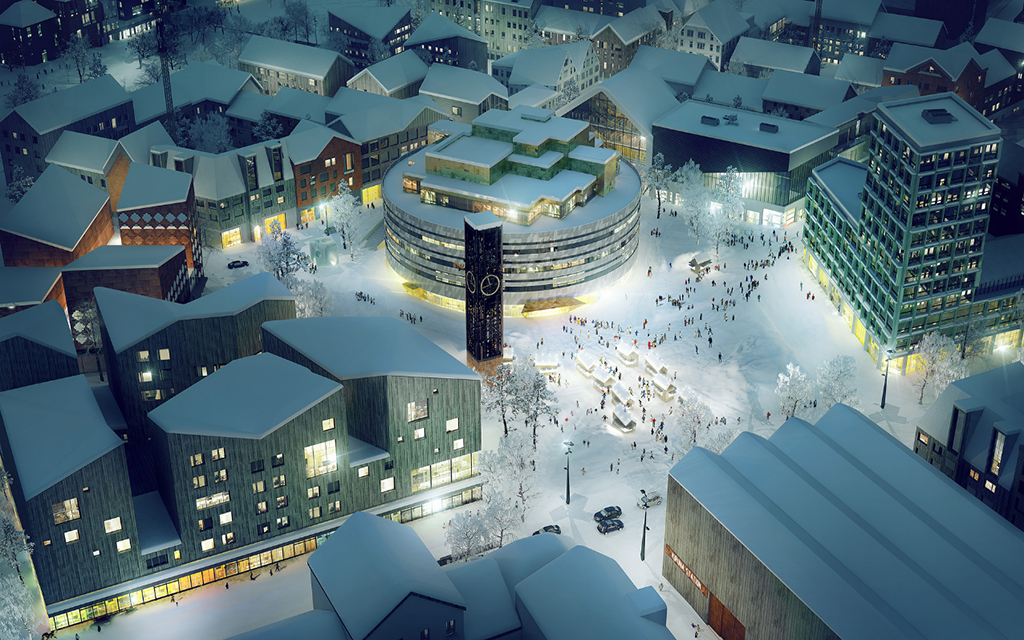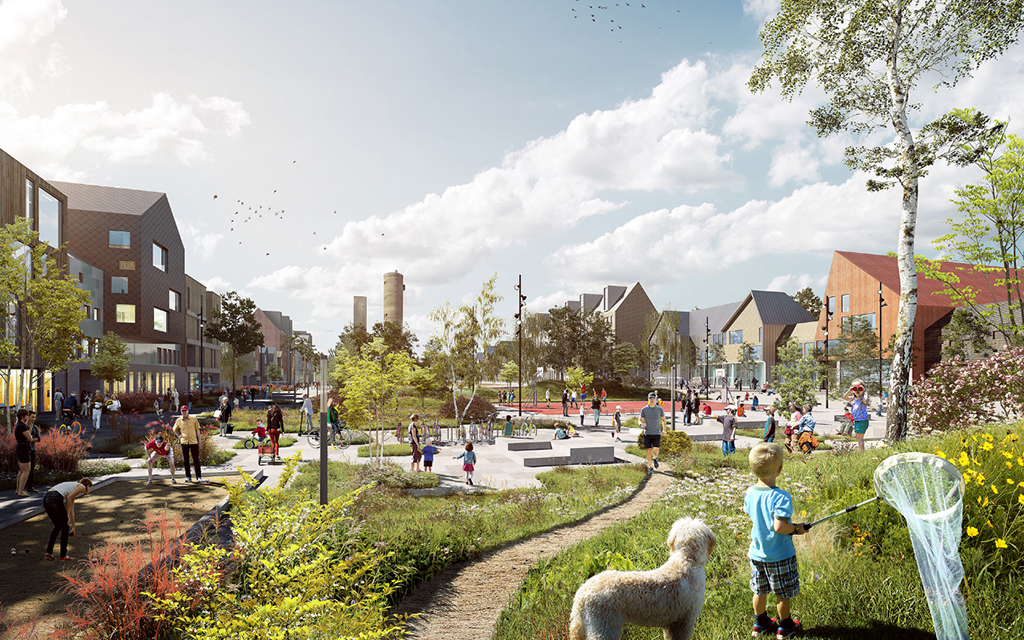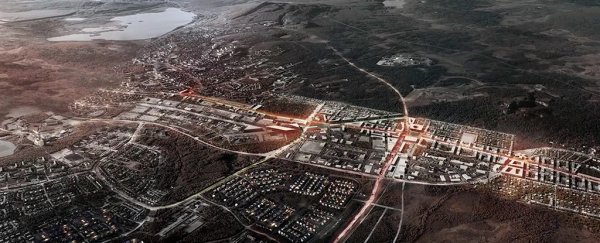We humans are pretty good at leaving a lasting impression on the environment around us - something that's abundantly clear when it comes to mining metals and minerals from the earth.
But spare a thought for the residents of Kiruna, Sweden, who have resorted to drastic measures to deal with the rapidly sinking ground beneath them, caused by a local iron mine. The town's authorities are planning on moving the whole city and its inhabitants 3.2 km (2 miles) to the east.
Experts estimate that most of the structures in Kiruna will collapse into the expanding iron mines below it by 2050, so the plan to get everyone is already underway, and is expected to be mostly completed by 2040.
Kiruna's close proximity to the Arctic Circle means it's dark and cold for much of the year, Gizmodo's Alissa Walker reports, making the infrastructure operation even more challenging. The city is spread out over a wide area, but has a low population – in fact, it's big enough to fit in everyone alive in the world today, if we were all stood shoulder-to-shoulder.
 Architectural illustration of relocated city. Credit: White Architects
Architectural illustration of relocated city. Credit: White Architects
As part of the move, stores, offices, and houses will all be shifted. Some selected landmarks will be transferred brick by brick, or even lifted wholesale using cranes, but in most cases, buildings will be demolished and then rebuilt, according to a documentary on the project.
As for the mine, it's operated by the state-owned company Luossavaara-Kiirunavaara AB, and is the whole reason for the city's existence. Every time iron ore is removed from below the surface, the ground subsides (a process known as 'ground deformation'). LKAB itself is footing the bill for the city to move.
Shifting the location of Kiruna is also an opportunity to make improvements to the design and layout of the city. Whereas the existing urban area is spread out in a rather haphazard design, the new metropolis will be more focussed and considerably denser.
So-called urban fingers will stretch out into the beautiful natural world beyond, so residents are never far from the striking Arctic environment that surrounds them.
 Architectural illustration of relocated city. Credit: White Architects
Architectural illustration of relocated city. Credit: White Architects
A city is more than just buildings and roads though - something architect Åsa Bjerndell, who is working on the project, is all too aware of.
"The systems of social and economic ties are what binds Kiruna, and if there is anything to be moved, it is these connections and relationships," she told Gizmodo. "If we are going to talk about successfully moving a city, we have to make sure that the move strengthens existing relations and helps create new ones in the process."
That means encouraging feedback from residents, involving them in the design of the new city, and making sure their quality of life improves after the disruption has passed. Home-owners and those living in rented accommodation will be given financial support to help with the move.
"The life of the city has to take over to make the spaces thrive and develop," added Bjerndell. "That is the only option for a sustainable development."
